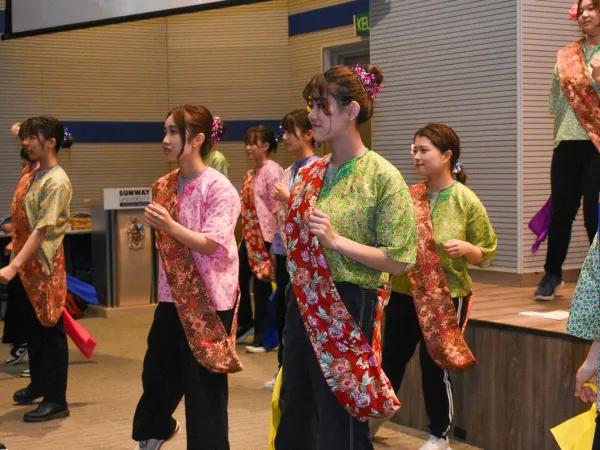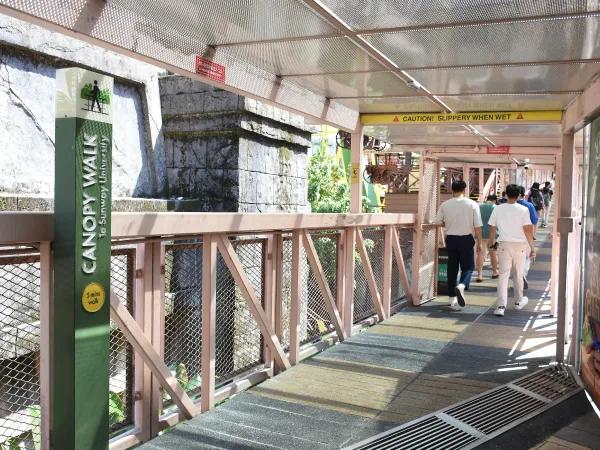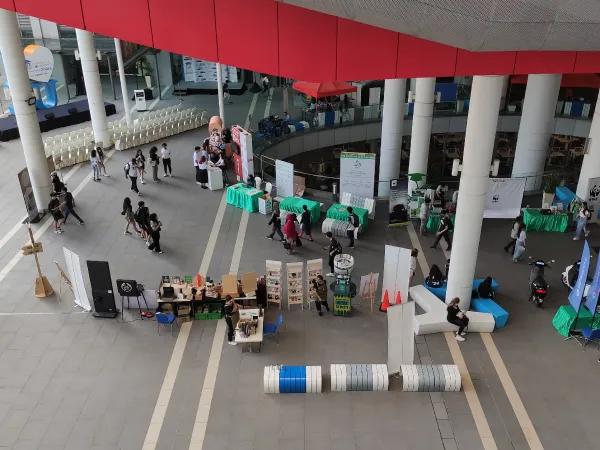SDG 11: Sustainable Cities and Communities
Making cities sustainable means creating career and business opportunities, safe and affordable housing, and building resilient societies and economies. It involves investment in public transport, creating green public spaces, and improving urban planning and management in participatory and inclusive ways.
11.2 Support of arts and heritage
11.2.1 Public access to buildings
Provide public access to buildings and/or monuments or natural heritage landscapes of cultural significance
11.2.2 Public access to libraries
Provide public access to libraries including books and publications
11.2.3 Public access to museums
Provide public access to museums, exhibition spaces or galleries, or works of art and artefacts
11.2.4 Public access to green spaces
Provide free public access to open spaces and green spaces
11.2.5 Arts and heritage contribution
Contribute to local arts, in terms of number of annual public performances of university choirs, theatre groups, orchestras etc… either ad-hoc or as part of an ongoing programme
11.2.6 Record and preserve cultural heritage
Deliver projects to record and preserve intangible cultural heritage such as local folklore, traditions, language, and knowledge. This can include the heritage of displaced communities.
11.4 Sustainable practices
11.4.1 Sustainable practices targets
Measure and set targets for more sustainable commuting (walking, cycling or other non-motorized transport, vanpools, carpools, shuttlebus or public transportation, motorcycle, scooter or moped, or electric vehicles)
11.4.2 Promote sustainable commuting
Undertake actions to promote more sustainable commuting
11.4.3 Allow remote working
Promote or allow telecommuting or remote working for employees as a matter of policy or standard practice, or offer a condensed working week to reduce employee commuting
11.4.4 Affordable housing for employees
Provide affordable housing for employees
11.4.5 Affordable housing for students
Provide affordable housing for students
11.4.6 Pedestrian priority on campus
Prioritise pedestrian access on campus
11.4.7 Local authority collaboration regarding planning and development
Work with local authorities to address planning issues and development, including ensuring that local residents are able to access affordable housing
11.4.8 Planning development - new build standards
Build new buildings to sustainable standards
11.4.9 Building on brownfield sites
Build on brownfield sites, where possible






